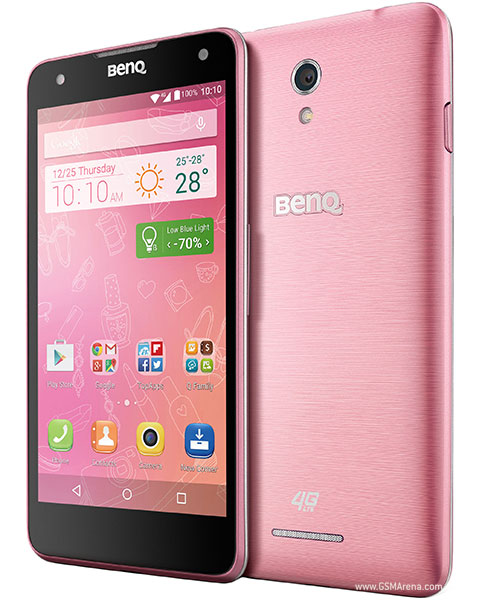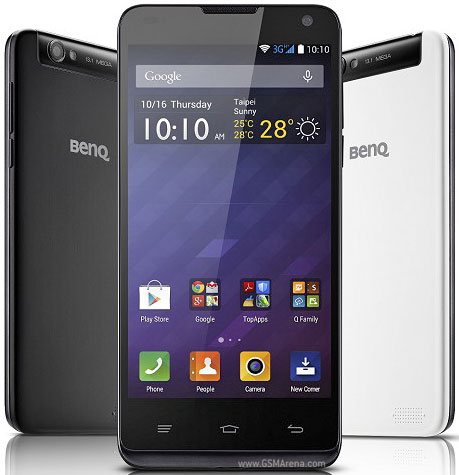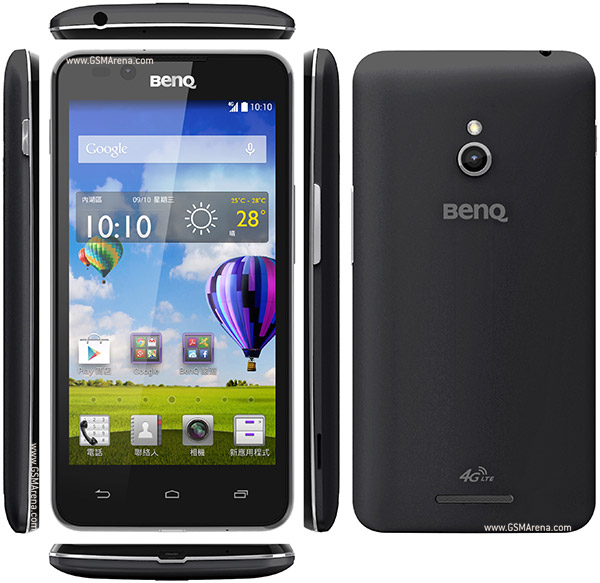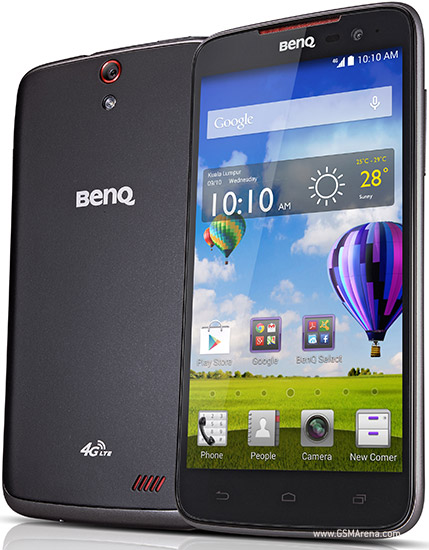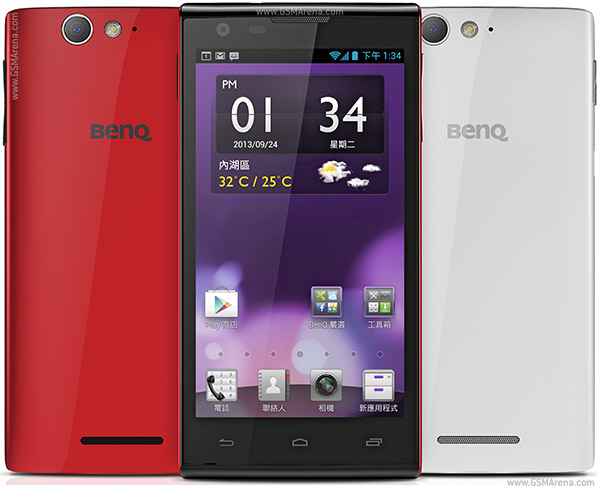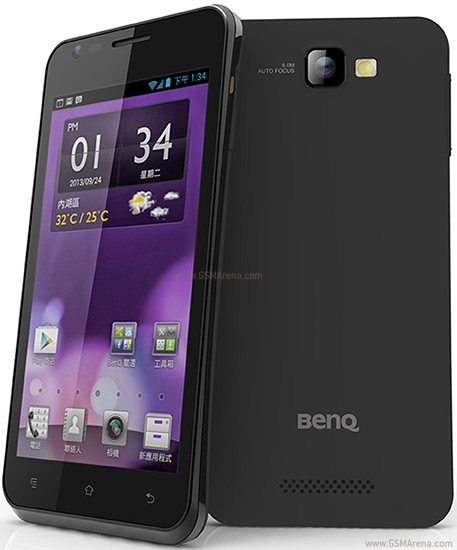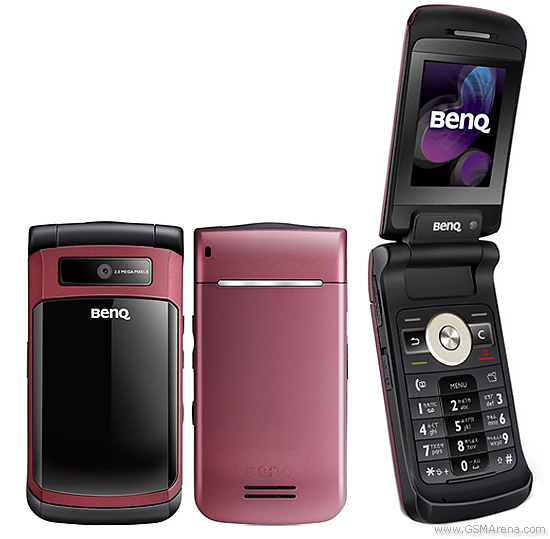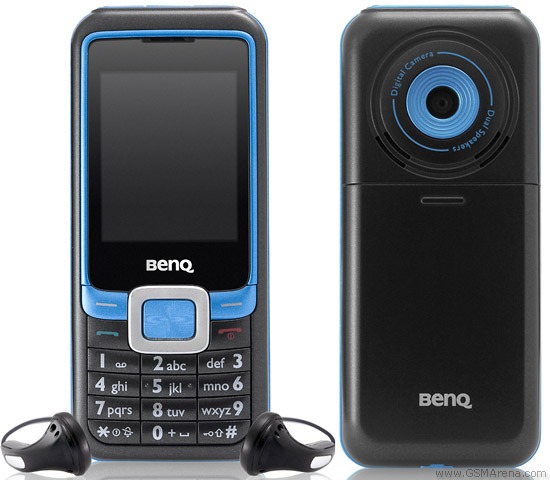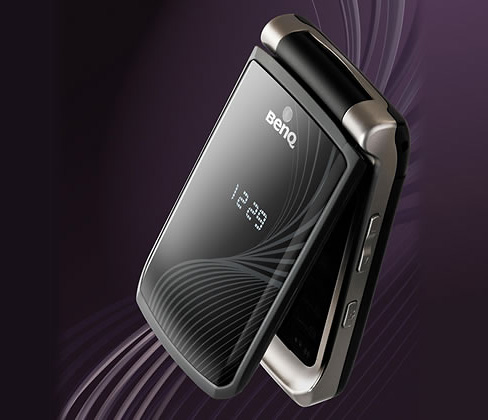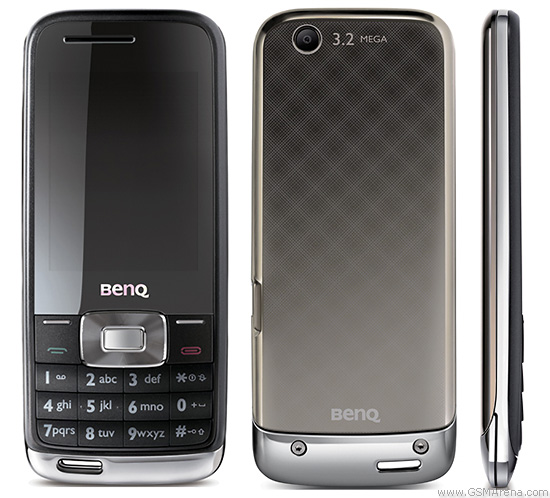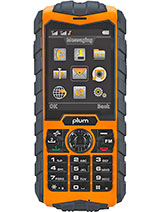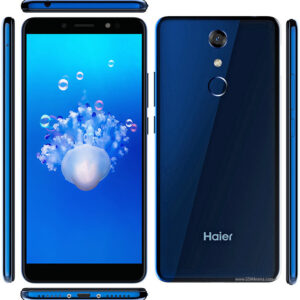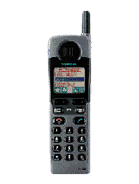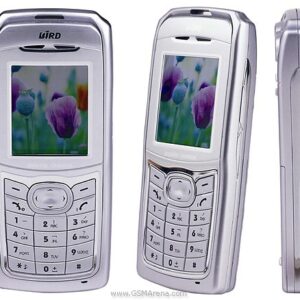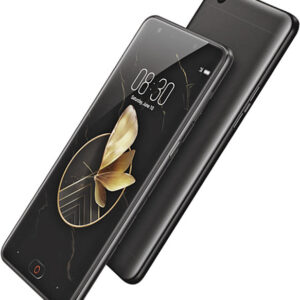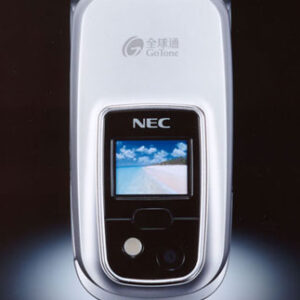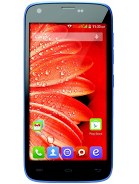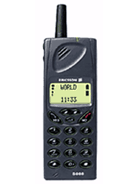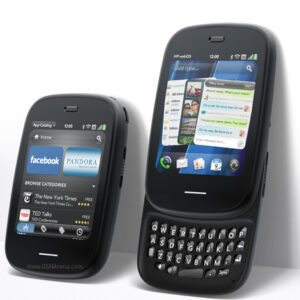BenQ P50 Overall Review
The BenQ P50, announced in Q1 2004, represents an early fusion of PDA functionality with mobile connectivity, a precursor to today’s smartphones. It stands out with its 2.8-inch TFT touchscreen, a sizeable display for the era, offering a comfortable viewing experience for both productivity tasks and multimedia content. The device runs on Windows Mobile, allowing for a range of business and personal applications, including email, web browsing, and document editing.
At the heart of the P50 is a capable processor for its time, complemented by 64 MB of RAM, which facilitated smooth operation within the constraints of early 2000s mobile technology. It features a 1.3 MP camera, enabling users to capture images and videos. The inclusion of a 1240 mAh battery was adequate, ensuring that the device could last through a day of moderate use.
Storage was not a significant concern, with ample room for contacts, messages, and basic applications. The P50 was also equipped with Wi-Fi and Bluetooth, highlighting its role as a device geared towards both productivity and connectivity.
BenQ P50 Pros and Cons
Pros:
- Integrated PDA functionality with mobile phone features, a significant advance for its time.
- Larger 2.8-inch touchscreen display, providing a better user experience for browsing and applications.
- Windows Mobile platform allowed for a broad range of business applications.
- Built-in Wi-Fi and Bluetooth for connectivity.
Cons:
- Limited by the standards of modern smartphone technology, including processing power and memory.
- The 1.3 MP camera is low resolution by today’s standards.
- The Windows Mobile platform has since been discontinued, limiting software support and updates.
- Bulkier design compared to modern smartphones, reflecting the era’s design conventions.

